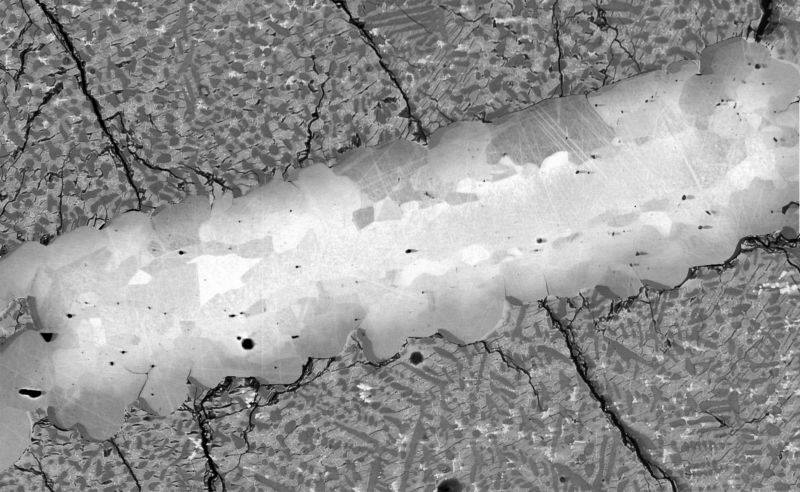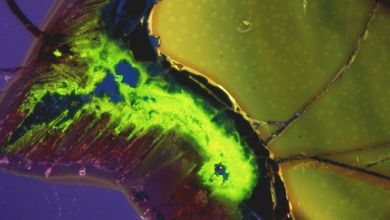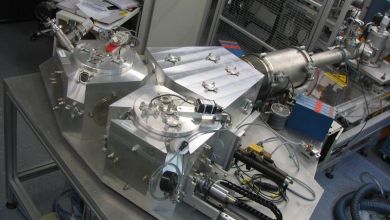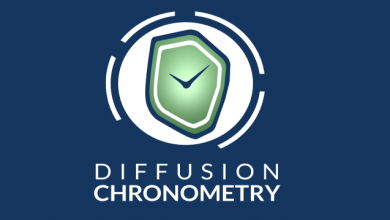
Current Research
Research in the Petrology and Geochemistry Group covers a broad range of major topics, from diffusion studies, to the time scales of geologic processes, and high-temperature fractionation of stable isotopes. In this page you will find a short summary of our current research.
Research work in Petrology in the department is divided into three directions:
- Experimental studies
- studies of natural systems (with components of field work, as well as studies of samples from inaccessible regions such as the deep mantle or meteorites),
- modelling/ theoretical studies.
A strong focus is on quantitative methods, with particular emphasis on understanding timescales and durations of high temperature processes. Developing of tools of diffusion chronometry/geospeedometry plays an important role in this endeavour. Studies of ultra high pressure and ultra high temperature metamorphic rocks from different regions of the Earth are another area of expertise in the department. Details of individual projects may be found below.
Experimental Research
Diffusion Studies (Minerals, Melts, Metals)
- Garnet
- Pyroxenes (Ortho- and Clino-)
- Apatite
- Spinel
- Rutile
- CaTiO3 (Perovskite)
- Ni-based Superalloys
- Complexities of diffusion mechanisms (largely based on studies in olivine)
- Hydrogen in glasses and melts
Phase relations and Thermobarometry
- Phase equilibria in the KMASH system
- Diamond formation
- Garnet-Pyroxene thermometry
- Trace-element partitioning in NaNbO3 and CeFeO3 perovskites
- Homogenization of melt inclusions
- Oxygen fugacity of Majorite formation
- Sulfide Phase-equilibria and sulfide melt mobility in the lower Upper-Mantle
Stable isotope fractionation at high-temperature
- Titanium isotope fractionation associated with numerous mineral-melt equilibria
- Boron isotope fractionation during magmatic degassing and arc basalt petrogenesis
Field-based projects/studies of natural systems
- Origin of early crust (South India)
- Timescales of evolution of volcanic (e.g. Mt. Etna, Pinatubo, Andaman) and other magmatic systems (e.g. ocean floor gabbros and layered igneous complexes)
- Kimberlite and carbonatites (Siberia)
- Fluid and element mobility in Barrovian zones (Himalaya, Scotland)
- Ultramafic and mafic rocks + rodingites as chronological markers (Xigaze Ophiolite, S. Tibet)
- Coesite-bearing UHP metamorphic rocks, including non-conventional isotopic methods (Dora Maira Massif)
- Jadeite-rich rocks (Dominican Republic & Queyras, France)
- Jadeite-rich rocks and surrounding rocks of the blueschist-facies (Queyras, France)
- Serpentinization of abyssal peridotite
- Fluid-rock interaction and metasomatism
- Ultra-high temperature metamorphism (Madagascar, India, Namaqualand, Inner Mongolia)
- Quantification of parent body metamorphism of meteorites
- Unravelling source signatures from the Ti isotopic composition of island arc-related lavas
Modelling
- Recycling and growth of continental crust
- P-T-t-paths in different tectonic settings
- Kinetics of Geochemical cycles
- Diffusive fractionation of stable isotopes
- Grain boundary diffusion of incompatible/segregating elements
DFG Forschergruppe 2881: Diffusion Chronometry of magmatic systems
Geological processes occur in and on the Earth over a range of timescales that form a nested, hierarchical structure. Determining the durations of processes that occur on the shorter end of this time-spectrum has been a challenge. The tools of diffusion chronometry have emerged as a very promising method to provide solutions in many situations. High temperature magmatic systems provide an excellent natural laboratory for developing and calibrating these tools because various kinds of observations from monitoring volcanoes are able to provide cross checks on the results. Subsequently, the newly developed and refined tools may then be applied to a much wider range of geological and planetary settings. This project aims to bring together field geologists, experimental scientists, theoreticians and modellers from geosciences as well as neighbouring fields of physics and materials science to advance this development.


